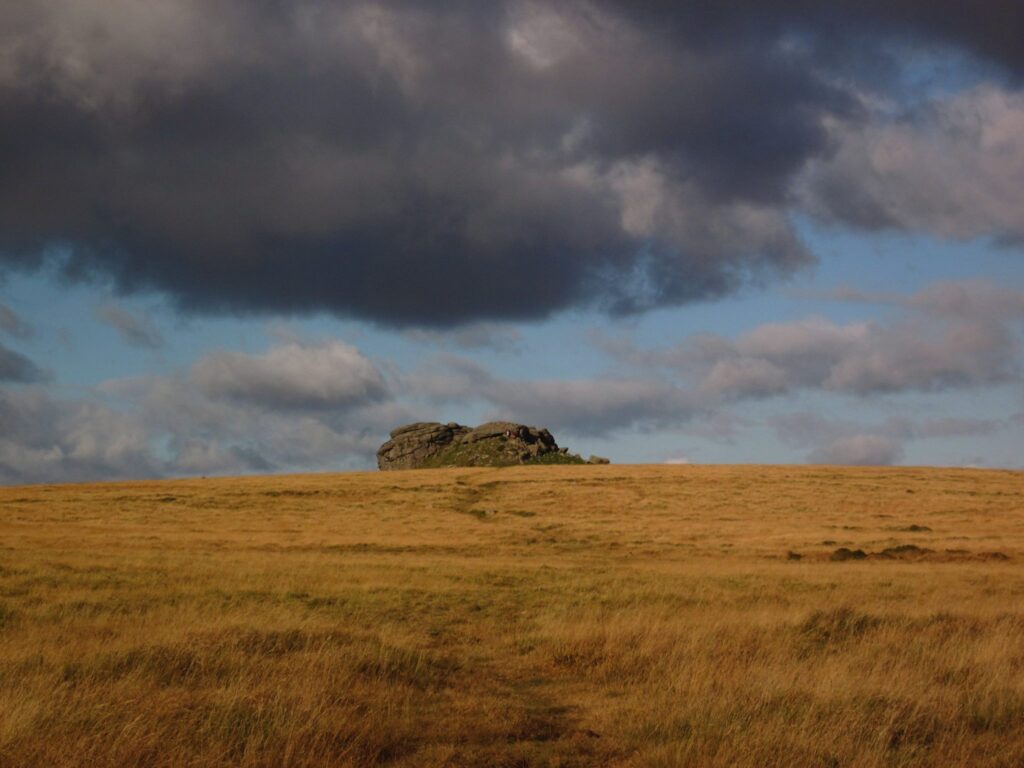Blanket bog restoration…..a real emergency.

Climate change is happening, and we need to act, so that means planting more trees right? Well yes that will help, although it requires a more nuanced approach than just chucking any old tree in on any bit of spare land. However in the UK there is an arguably equally powerful tool, which if left unused is a double edged sword, a ticking time bomb, that will negate much of our tree planting…..”Blanket Bog Restoration”
Firstly I need to clarify here that I am mainly talking of Blanket Bog, which is areas of peat which are wetted entirely by rainfall, as opposed to Valley Mires which have an element of stream fed wetting.
Blanket bogs have had a bad press, even the name bog suggests a trip to the khazi, and there is nothing glamorous about the work. Unlike tree planting that can be done by primary school groups, Bog restoration is cold, wet work in remote places, using some very heavy machinery, and lots of technical knowledge. It has to be done in the winter months when the birds aren’t nesting, and its filthy work. Volunteers have their place, but this work needs to be professionally led, and seriously funded.
The problem is it has to be done NOW. If we leave it, the remaining peat will erode, releasing carbon, as fast as we can plant trees to keep up with it. There is far more carbon locked up in UK peat bog than is held in all our forestry, but it is declining fast.
To take a case study, about a third of Dartmoor has a peat covering, of varying depths, over 100 square km in total. However only 1% of this area is considered to be still functioning as blanket bog, laying down peat, supporting bogland flora and fauna, sequestering carbon and retaining water, slowing river flashing. The rest is becoming a monoculture of purple moor grass, or drying out and draining into our rivers and drinking water. We need to stop this right now. Dartmoor National Park and South West Water are carrying out an innovative three year restoration project aiming to restore about 300 hectares of blanket bog. They have a number of targets that are being carefully monitored by scientific bodies and interest groups, and they are making measurable improvements, sometimes huge improvements, in all but one…..carbon sequestration. This is not because it won’t happen, but because whilst the bog is in the restoration phase the amount of carbon sequestered is offset by methane emissions. This is a temporary problem, but takes about 10 years to resolve. ( for more info see the excellent presentation at https://bit.ly/3iw6ULk courtesy of Dartmoor National park)
We have carbon targets that are time limited, so it is evident that anything that will take 10 years to start sequestering carbon needs to start now, not ten or twenty years from now, and equally anything that, if left, will release carbon in alarming quantities also needs to be dealt with now. We need to stop the rot and reverse the process, and there is no time to lose.
The good news is that all those private water companies with moorland catchments, and all those construction companies building on flood plains, and all those insurers still insuring flood risk areas have a commercial interest in doing this work. It just needs the right kick up the backside by government to make it happen.
So Boris, stop talking about the “Sunlit uplands” and start going to the bog!

